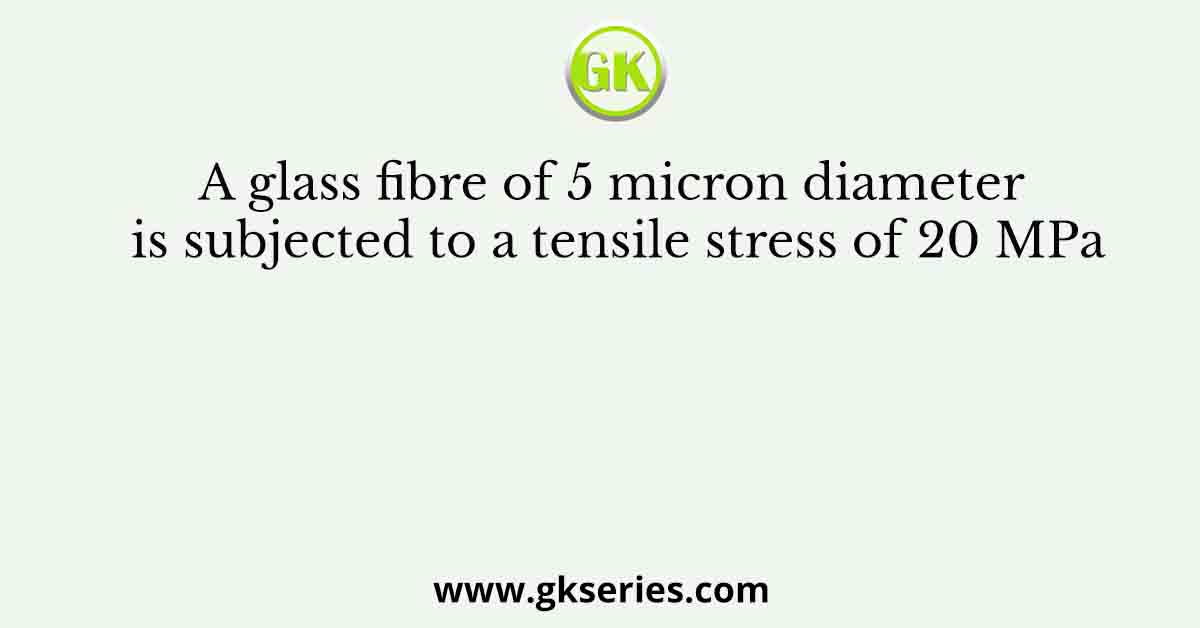
Q. In a system, there are three types of resources: E, F and G. Four processes P0, P1, P2 and P3 execute concurrently. At the outset, the processes have declared their maximum resource requirements using a matrix named Max as given below. For example, Max[P2,F] is the maximum number of instances of F that P2 would require. The number of instances of the resources allocated to the various processes at any given state is given by a matrix named Allocation
Consider a state of the system with the Allocation matrix as shown below, and in which 3 instances of E and 3 instances of F are the only resources available.
| Allocation | |||
| E | F | G | |
| P0 | 1 | 0 | 1 |
| P1 | 1 | 1 | 2 |
| P2 | 1 | 0 | 3 |
| P3 | 2 | 0 | 0 |
| Max | |||
| E | F | G | |
| P0 | 4 | 3 | 1 |
| P1 | 2 | 1 | 4 |
| P2 | 1 | 3 | 3 |
| P3 | 5 | 4 | 1 |
From the perspective of deadlock avoidance, which one of the following is true?
A. The system is in safe state.
B. The system is not in safe state, but would be safe if one more instance of E were available
C. The system is not in safe state, but would be safe if one more instance of F were available
D. The system is not in safe state, but would be safe if one more instance of G were available
Ans: The system is in safe state.



![Determine the correctness (or otherwise) of the following Assertion [A] and the Reason [R]](https://www.gkseries.com/blog/wp-content/uploads/2023/10/Determine-the-correctness-or-otherwise-of-the-following-Assertion-A-and-the-Reason-R.jpg)
